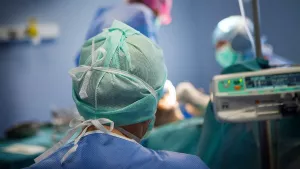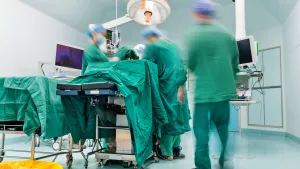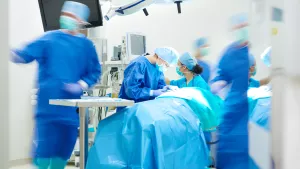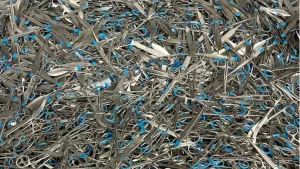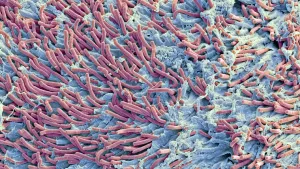Operating Room Instruments: Handling and Use of Surgical Instruments
Incision · · 9 min readOperating room instruments are the basic tools that are used in surgery. Examples are:
- Needles
- Blades
- Gauzes
- Diathermy
- Retractors
- Scalpel holders
- Scissors
- Forceps
- Clamps
- Needle drivers
- Large Clamps
In this article, we’ll look into the design, handling and uses of some of these instruments in the operating room.
Basic operating room tools and uses
Needles
There are three different types of needles available; the 1/2 circle needle, the 3/8 circle needle and the straight needle. Needles are used for different purposes in a surgical operation. Some of which are:
- A needle is inserted into a vein in order to draw blood.
- A needle is inserted into an artery in order to measure blood pressure.
- A needle is inserted into a tumor in order to remove a sample of tissue for examination.
- A needle is inserted into the spinal cord in order to give an injection of medication Blades.
Blades
There is a 10-blade with a curved cutting edge, an 11-blade that is triangularly pin-pointed, a 12-blade (stitch cutter) and a 15-blade. The blade is used to make an incision in the skin.
Gauze
Gauze is used as a surgical dressing to keep a wound clean and protected. It can also be used to absorb blood and other fluids from the wound.
Diathermy
Diathermy is used to cut through tissue.
Retractors
Retractors are sharp and round retractors. The sharp retractors have six prongs. They are commonly used for retracting and simultaneously lifting the skin and subcutaneous tissue.
Scissors
Different scissors are used, either straight or curved. Scissors are basically used for cutting. To cut sutures, bandages, gauze, tape, cotton or cloth.
Forceps
There are anatomical forceps and surgical forceps. The surgical forceps have teeth at the tip. Surgical forceps are used for grasping and holding various objects during surgical procedures. These tools include hand forceps, needle holders, clamping forceps, and others.
Clamps
There are many types of clamps with their common denominator being the cremaillere that allows permanent closure. There are many uses of clamps in surgical operations. They can be used to hold tissues together, to stop bleeding, and to secure instruments or other materials in place. Plastic clamps are available for the insertion of blood vessels in order to feed blood from the site of surgery. Other plastic surgical clamps are used for the placement of implants, to tie ligaments, or for other various procedures.
Scalpel
This is one of the most basic instruments used during surgery. It is a knife with a short blade (about 1 to 3 cm) that makes cuts in the skin or other tissues. The blade is very small and this helps make clean cuts.
Needle driver/holder
There are different types of needle holders. They include straight, curved-left, curved-right, and self-righting needle holders. They are used to hold suturing needles during surgical procedures.
Curette
The curette is used to scrape away tissue.
Handling surgical instruments in the operating room
Instrument handling is a critical part of surgical procedures. Proper technique can minimize the risk of injury to the worker and damage to the instrument. Here are some tips for safe handling of Operating room instruments:
Angles
Good knowledge of different angles will allow operating team members to optimize how they use instruments. These include:
Manipulation angle
this is the angle formed between two instruments converging at the operative field. An effective manipulation angle is around 60° (45-75°).
Elevation angle
This is the angle formed by the shaft of an instrument in relation to the horizontal axis of the patient. The ideal elevation angle is 30-60°.
Azimuth angle
This is the angle formed between the laparoscope shaft and an instrument. It should ideally be equal for all instruments.
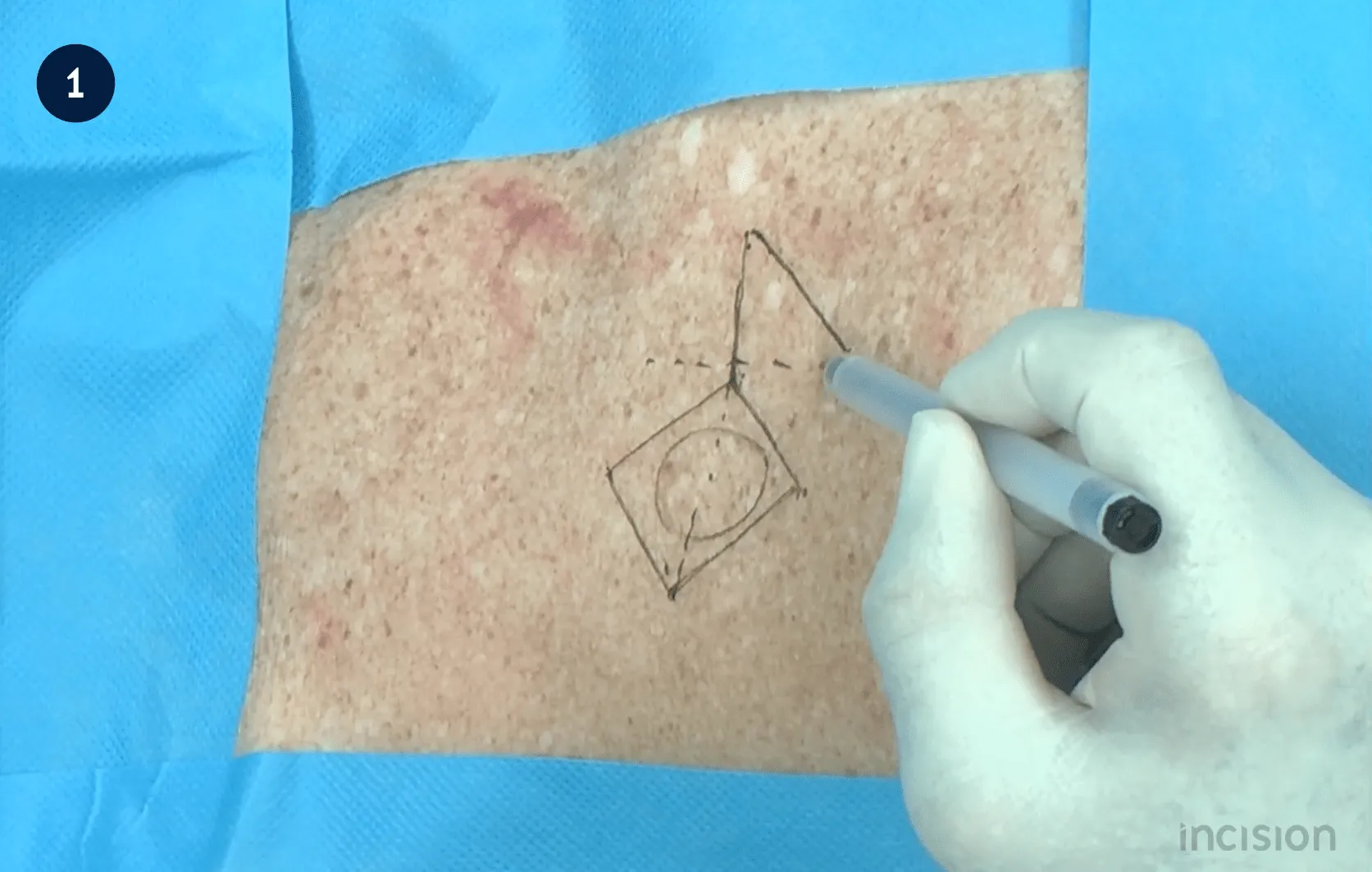
Safe handling
Basic instruments like needles, blades and forceps also have safe handling procedures.
Blade
The removal of the blade should not be done with fingers but with a blade remover or forceps. The blade is placed with a clamp or needle driver on a scalpel holder and multiple grips are possible according to the desired type of incision.
Suture
In laparoscopic suturing, the suture is grasped so that the needle can 'flop' when introduced through a port. If the needle is directly grasped instead, there is likely going to be a tear in the lining of the cannula and, potentially, the abdominal wall tissues and internal structures.
Needle
The needle is usually held near its midpoint in a perpendicular manner in the tip of the jaws. A needle can be placed in a needle holder in different ways based on the desired way of stitching.
Forceps
More force can be applied when the forceps is held at its tip.
Scissors
The thumb and either ring finger or middle finger are placed in the holes. It is important to have sufficient pressure on the blades by putting the correct force on both finger rings.
Triangulation
In laparoscopic surgery, the principle of triangulation is utilized. This is when the viewing trocar and laparoscope are placed in the centre with working ports placed equidistant at either side to form a triangle. This arrangement allows the surgeon to have a central view of the target structure, optimal instrument manipulation angles, helps the depth perception, camera orientation and surgical ergonomics.
Sectorization
Like triangulation, sectorization is another way of organizing an operative field. It involves placing the working trocars to one side of the viewing trocar.
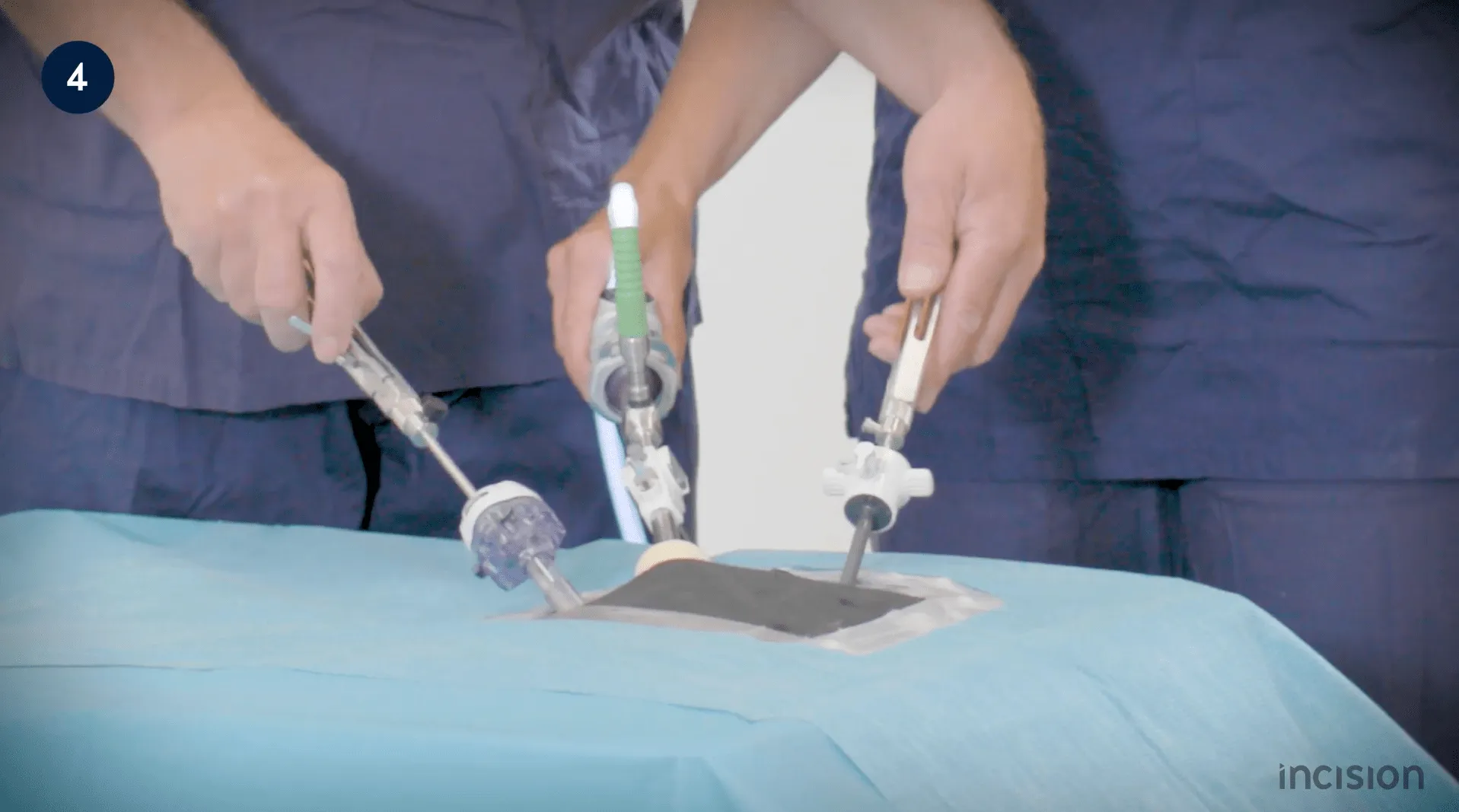
How can you maintain and sterilize surgical instruments?
Surgical instruments must be kept clean and sterile by all members of the surgical team to prevent the spread of infection and to avoid contamination. This is ensured by proper preparation/handling of sterile items and sterilization of surgical instruments. Here’s a breakdown of how to maintain sterility:
Preparation of instruments for the operating room
The setting up of table setting and preparation of instruments should be done in a sterile preparation room that has a laminar down-flow ventilation system that directs ambient air away from the site, carrying contaminant dust particles along. A back table and Mayo stand are used to set up the sterile field upon which the sterile instruments and materials can be placed. In a situation where there is no dedicated sterile preparation, the sterile field can be set up in the Operating room with an OR furniture (back table, Mayo stand and Operating room trolley) but must be far away from the door to prevent contamination. Table setting furniture and equipment should be placed, at least 1m from the walls and the person passing materials from the unsterile area to the sterile field should stand 50cm away from it.
All sterile items/instrument sets required are ensured to be in the OR. The content and size of these packs depend on the procedure and local protocol for performing the procedure. The local protocol will dictate that chemical indicator, packaging material and expiry date should all be checked.
Sterilizing surgical instruments
Surgical instruments must be maintained and sterilized in order to prevent the spread of infection. To ensure that the instruments are clean, used tools must be cleaned and disinfected. The use of disposable instruments like gauze swabs and sutures is very effective in preventing the spread of infection. Some surgical instruments have a built-in sterilisation feature or may be purchased with a sterilisation system.
A very important item to note is that metal instruments should never be immersed in ethylene oxide (ETO) as they are made from stainless steel, which can cause pitting or rusting of the metal. Another method of sterilisation is by using autoclaving. The items are placed in a water bath and subject to steam for 5 minutes at around 121°C. The autoclave is then turned off, and the water bath is removed. The items are then left for a further 5 minutes at room temperature in an environment which will not induce condensation on the surface of the items.
What are the common complications associated with the use of surgical instruments?
Without proper understanding of instrument handling and maintenance of sterility, there are a number of common complications associated with the use of these surgical instruments. One of the most common complications is infection. Infection can occur when the instruments are not properly cleaned and disinfected before use.
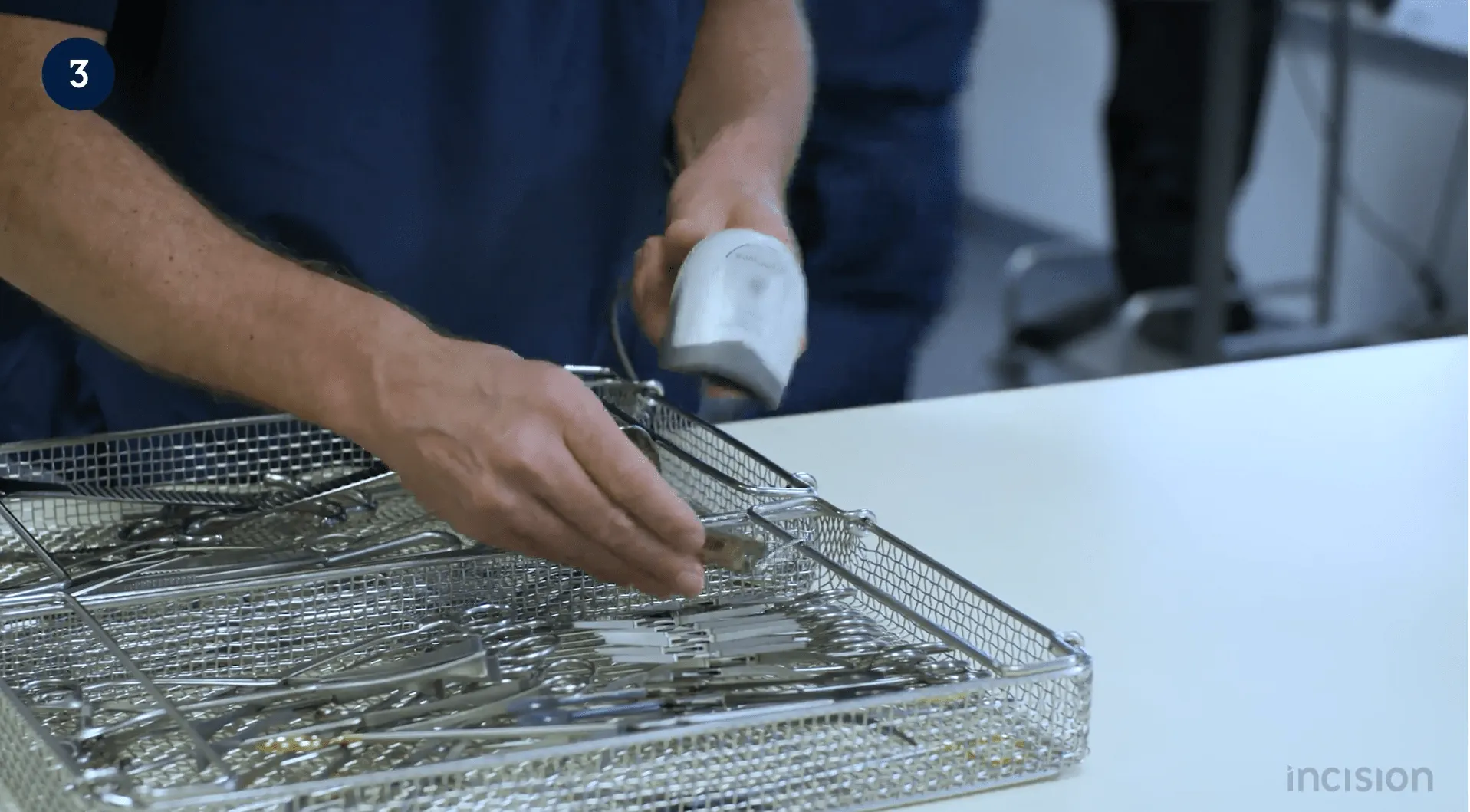
Another common complication is damage to surrounding tissues. This can occur when the instruments are not properly used or when they are not properly sterilized. The type of instruments used and the type of procedure performed will also affect the rate of complications. For example, the use of scalpels is associated with more severe complications than the use of forceps and other types of cutting instruments.
Conclusion
Surgeons and other surgical team members must have a clear understanding of how to properly handle basic operating room instruments in order to optimize their usage during surgery. By using the correct techniques, surgeons can minimize the risk of injury to themselves and their patients. Improper handling of surgical instruments can lead to a number of problems, including accidental puncture wounds, lacerations, and infection.
About the author

Incision Nurse(s) are scrub nurses and nurse anesthetists creating courses for the Academy. The content we create is always checked by perioperative team members from client hospitals. By understanding their needs, we design what we believe to be the best solution to help healthcare professionals perform their daily tasks. The videos are intended to provide quick and concise overviews of the skills and concepts, relevant to the practice of scrub nurses and nurse anesthetists.
